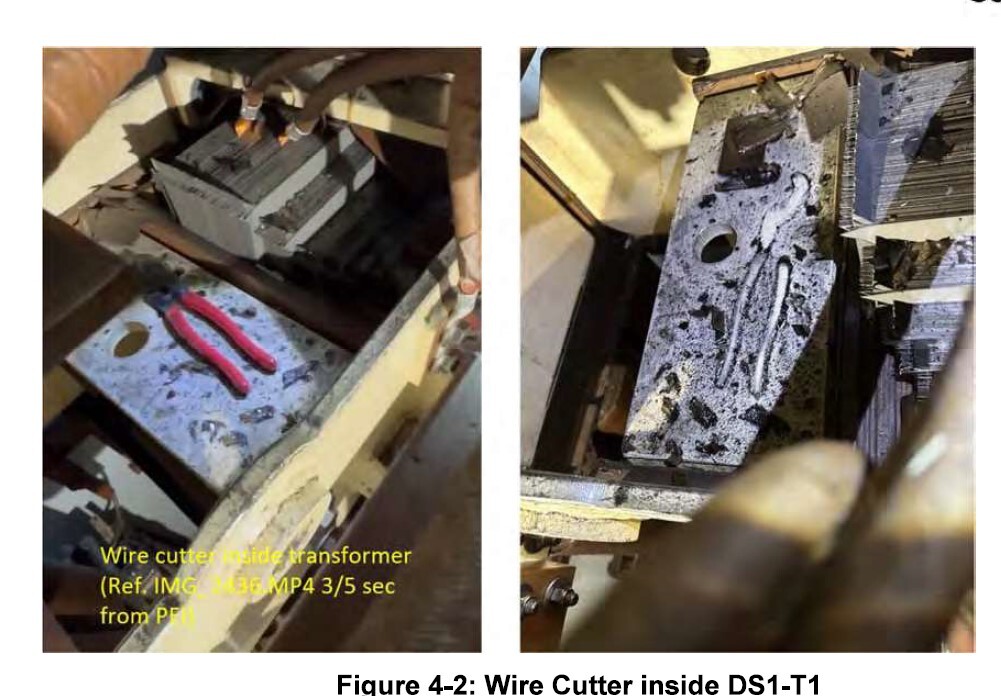CINCINNATI — Manufacturing errors were the most likely cause of a transformer failure in March that sent more than 300 million gallons of raw sewage into the Mill Creek and Ohio River, according to a report released Monday by the Metropolitan Sewer District of Greater Cincinnati.
To remedy the problem, MSD plans to install two new transformers from the same manufacturer, Delta Star Inc.
The long-awaited report was a root-cause analysis by SOCOTEC Engineering Inc., a Massachusetts-based consulting firm hired by Patrick Engineering, MSD’s lead contractor for a project that was supposed to replace a pair of aging transformers with new equipment.
Among the report’s more surprising conclusions: The transformer failed three factory tests, not one as initially reported. And somebody left a wire cutter in the transformer when it was re-assembled after a failed factory test.
“The most probable cause of the failure was the unintended introduction of foreign particles and material during multiple reassemblies,” SOCOTEC concluded. “The root cause of the failure was the need to disassemble, repair and remanufacture the transformer after each of the three (factory test) failures, which increased the probability that workmanship issues and flaws were introduced into the transformer construction.”

MSD notified city officials of the findings Monday while announcing it’s ready to proceed with the installation of a second Delta Star transformer. MSD spokeswoman Deb Leonard said it will be up to Delta Star and Patrick Engineering to cover the cost of responding to the failed transformer.
“This will not increase sewer bills and there are no extra costs incurred at this point,” Leonard said.
Transformers are critical to the operation of MSD’s plant because they convert the high-voltage power that Duke Energy delivers to the site into lower-voltage feeds required by pumps and other machines used to process waste.
For decades, MSD kept the pumps flowing with two transformers built in 1973.
It was planning to replace the older units with new models from Delta Star. The first unit worked fine for about a month, until MSD disconnected its second old transformer so it could be replaced. A week later, on March 5, the new unit failed without a backup. MSD used diesel-powered generators to partially restore power three days later, then reconnected its old General Electric transformer to restore full power on March 16.
MSD watchdog Marilyn Wall is relieved to know what caused the transformer to fail, but the report doesn’t answer most of her questions about the March meltdown.
“If they didn’t have good (quality control), how do we know we’ve got the right manufacturer now?” Wall asked. “And do we have the right processes in place to make sure the new transformers will work?
Patrick Engineering said it has engaged “transformer and protection relay experts” from five different companies to ensure installation of the second transformer goes smoothly. It also plans to leave the old GE generator in place while a third Delta Star transformer is assembled.
Still, Wall questions whether MSD’s review goes far enough.
“How do they avoid having projects like this have catastrophic failures?” asked Wall. “Do we have the expertise at the facility there at the facility, the oversight, the considerations that need to be made to ensure that we aren’t wasting ratepayer money?”






